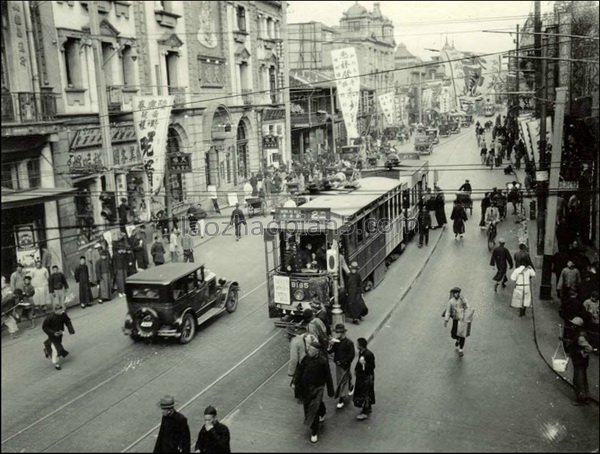[The statue of the Buddha of the Pilu Jana]
The statue of the Buddha of the Pilu Jana, Yuan, brass, 36cm high. The old collection of the Qing Palace
The Pilayana Buddha, also known as the Tathagata of the Great Sun, is the head of the five Buddhas of the Vajra Realm of Tantric Buddhism, representing the Dharma Bodhisattva of the five Buddhas and the Dharma Bodhisattva of the three Buddhas, with a high status of divinity
This statue of the Piluchana Buddha has obvious Tibetan and Western style characteristics. The Buddha is sitting on the lotus platform with full open arms, painted with clay gold from the face to the neck, and his hands are used as the chest and wisdom fist prints, which are the unique handprints of the Buddha in the Visana. The bun of the Buddha statue is tall and flat, with five Buddha crowns on its head. The crown and leaves are slender and in the shape of flower branches, and are connected by copper casting lines. This is the embodiment of the typical “supporting casting technique” in western Tibet in the modeling style. The lotus petal of the lotus seat is wide and fat, and the upper edge is decorated with double layers of fine bead patterns, which is also the characteristic of Tibetan and Western statues around the 13th century. The lower end of the lotus is extended, and the bottom edge is decorated with a circle of Dalian beads. The edges of the five Buddha crowns are inlaid with red copper, the white hair between the eyebrows of the Buddha is inlaid with gold, the two shoulders are decorated with miscellaneous flowers, the upper body is naked, the chest and arms are decorated with necklaces and bracelets, the upper part is inlaid with pearl turquoise and silver copper, the waist is tied, the lower part is covered with a thin skirt, the waist and legs are carved with lines and patterns to show the difference between the upper and lower skirts and the pleats, and the small flowers are carved between the regular patterns for decoration, The above modeling and decoration features have distinctive marks influenced by the style of the Palad statues in East India. This image is a representative work of the early Tibetan and Western statues with more characteristics of the Pala style.
![图片[1]-Statue of the Buddha in Piluchana-China Archive](https://chinaarchive.net/Yuan dynasty/Court religion/2864[1024].jpg)
![毗卢遮那佛像手印 图片[2]-Statue of the Buddha in Piluchana-China Archive](https://chinaarchive.net/Yuan dynasty/Court religion/2865[1024].jpg) 毗卢遮那佛像手印
毗卢遮那佛像手印




![[Qing Dynasty] British female painter—Elizabeth Keith, using woodblock prints to record China from the late Qing Dynasty to the early Republic of China—1915-China Archive](https://chinaarchive.net/wp-content/uploads/2022/11/image-191x300.png)
